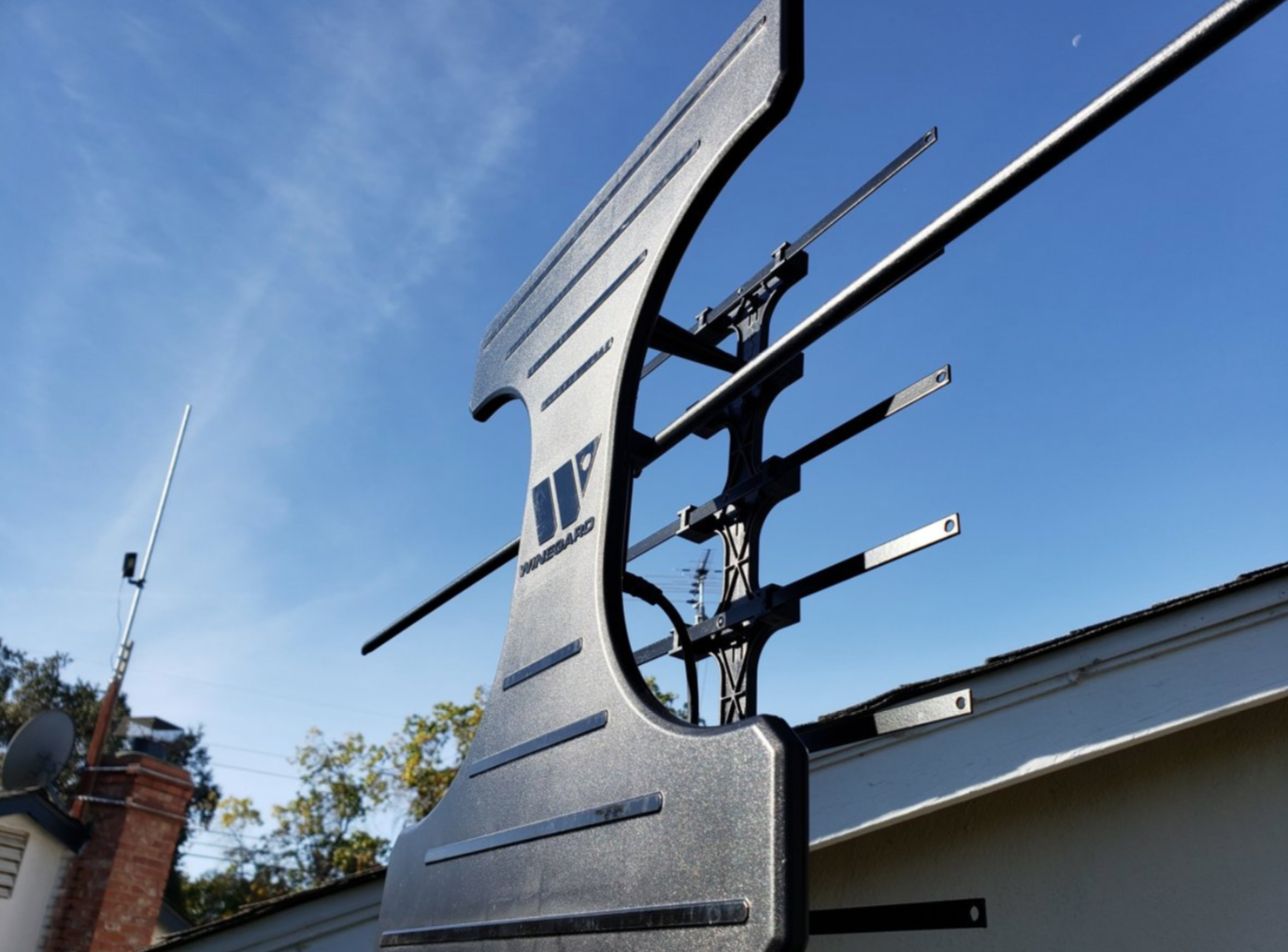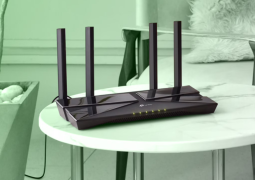Why are TV Aerials Installed on Rooftops?
by 04/05/2020 09:170

You’ve seen them thousands of times before, perching on the rooftops of houses and buildings.
Have you ever thought why TV aerials are placed outdoors, and why installers and engineers go to great lengths to put them in impossible places?
Transmitter Location
Both radio and TV get their broadcast signals from transmitters of TV stations. It’s a straight-point signal that can deteriorate depending on the obstructions placed, e.g., trees, tall buildings, etc.
Some aerials are loft-based or indoors, which mean they don’t need to be installed outside the house. This means the signal won’t be as clear as its outdoor cousin, hence the aerial poles and chimney stacks.
Maximize Signal Strength
Opting to have your aerial installed by qualified engineers means you can maximize signal strength for more reliable reception. The highest point in a property is actually the best positioning as it won’t likely encounter obstructions in relay transmission.
Moreover, aligning the equipment to the TV transmitter is easier when you have a direct line of sight. Indoor aerials have a unique problem in that you’ll need to put them on top of the TV and position it in a way to collect signal for clear viewing.
Better Picture
When your aerial is optimized, e.g., when it’s getting the best possible signals from a transmitter, the output will be high quality. This translates to a clearer picture, e.g., HD when the program supports it and not just standard definition.
Watching a constantly fluctuating picture can be annoying, and no one would enjoy watching their favorite shows that’s grainy or pixelated. To save the frustration engineers would recommend having the aerial installed outside or in the roof for maximum broadcast quality.
Less Congestion
By installing the aerial up on the chimney or roof you’re lessening interference from other radio or signal sources. In today’s world, there are many wireless signals, including Wi-Fi, RFI and EMI, among others.



